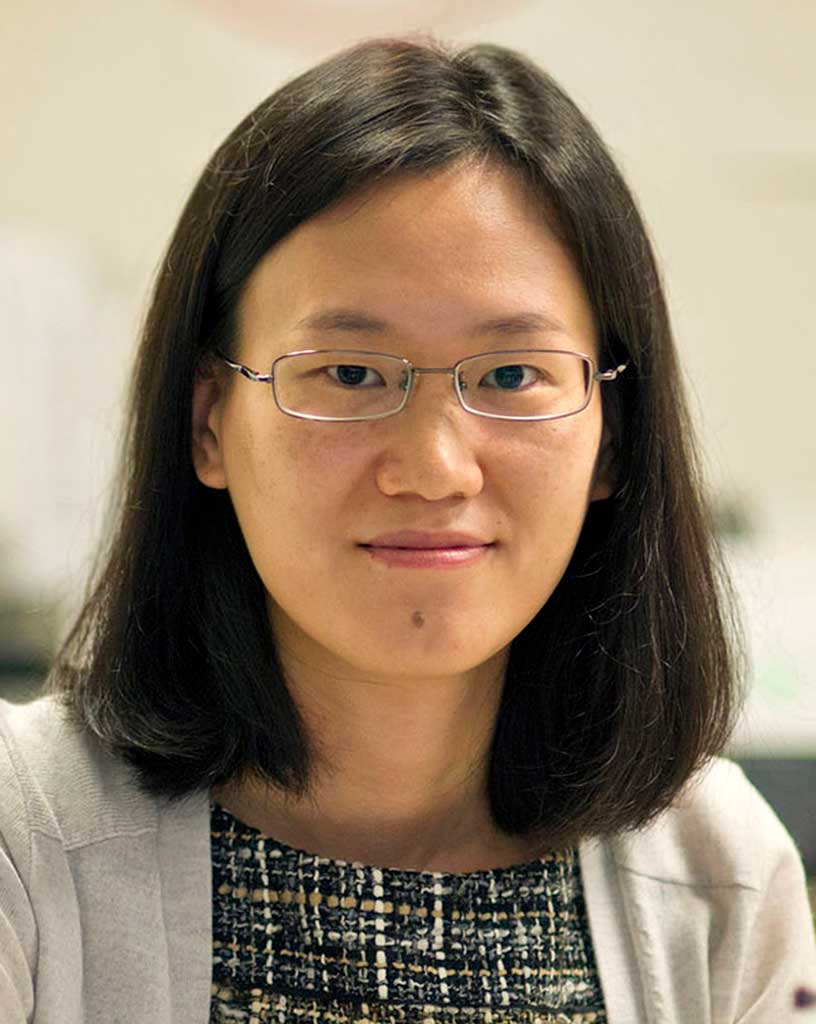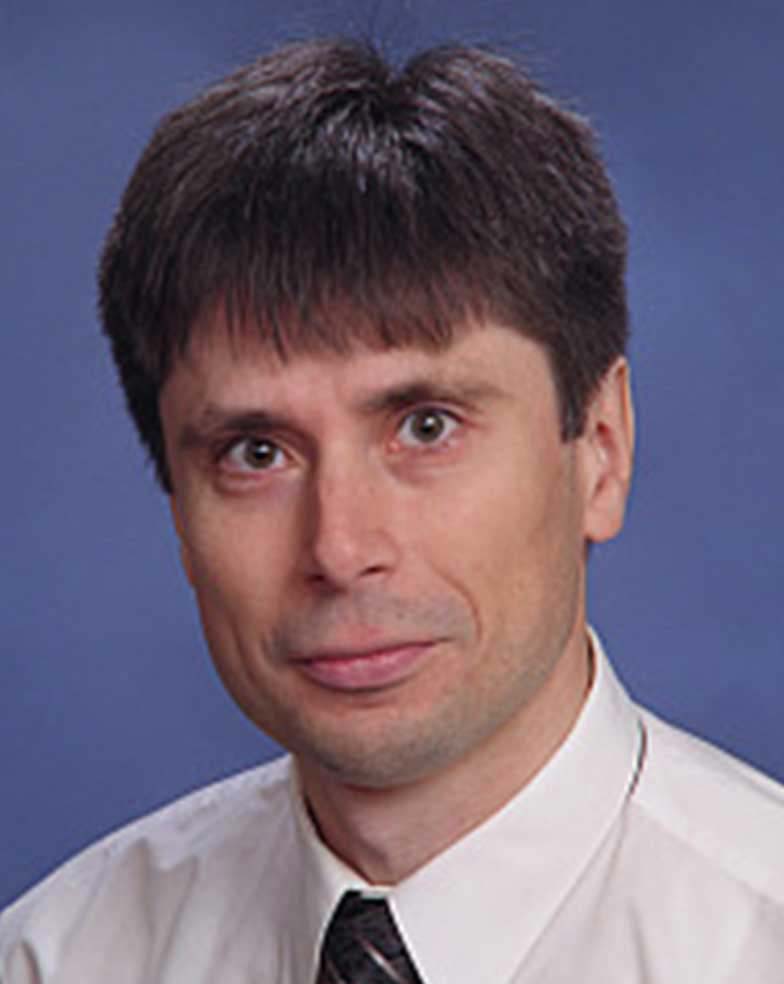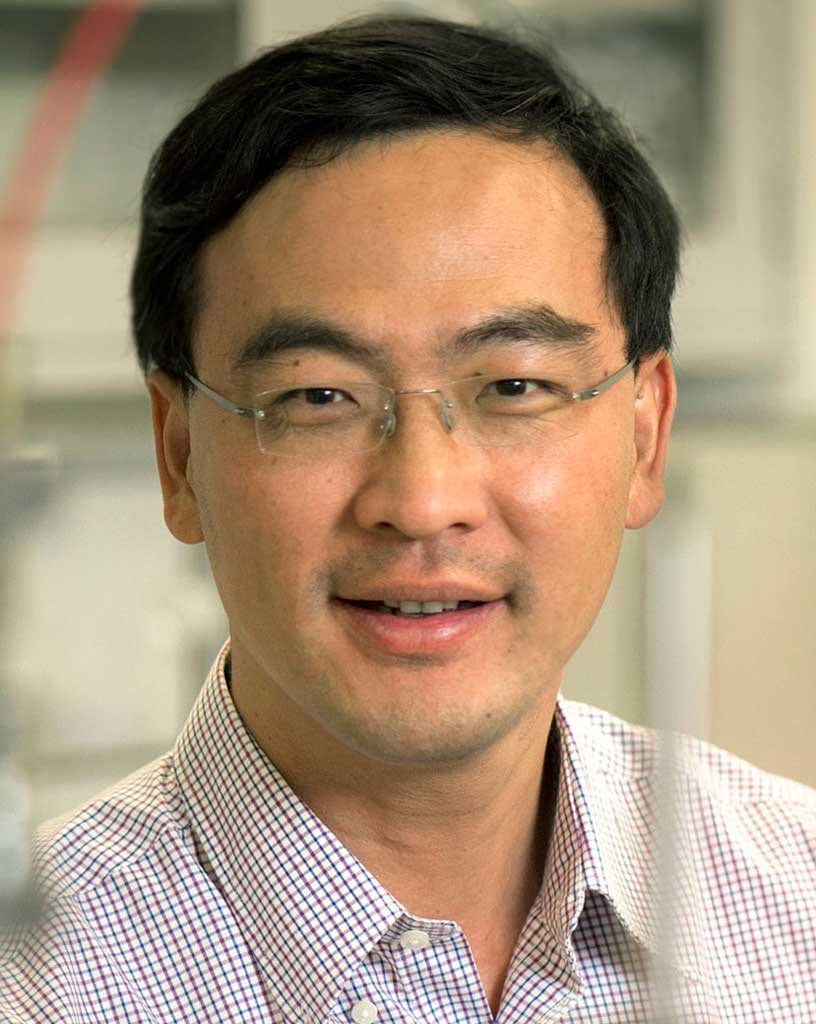634 Nedderman Hall
Box 19019
416 Yates Street
Arlington, TX 76019-0019
Photonics
Recent Highlights
Resources
Shimadzu Nanotechnology Research Center
A 10,000-square foot class 1000 cleanroom user facility for micro- and nano-scale structure and device fabrication.
Tissue Optics Lab
Available technologies include single molecule sensors for protein-protein interactions, two-photon microscopy for imaging sub-cellular structures, and diffuse reflectance probes to map tissue hemodynamics along with computational resources for data analyses.
Optoelectronic Device Modeling and Characterization Lab
Simulation tools include COMSOL Multiphysics simulation package, Complete RSoft Optical Simulation Package, RCWA, FDTD. Major device testing tools include Optical spectroscopy covers UV (<200 nm) to Far infrared (15 um), from room temperature down to 8K, from cw to time-resolved, from large samples to nanostructures. Characterization of photonic crystal structures and cavities, semiconductor optoelectronic devices, 26.5 GHz high speed lightwave network analyzers, Ficontec automatic optical assembly and characterization tool, micro transfer printing processes for heterogeneous integration, probe stations and high speed test setups, micro-FTIRs, optical beam characterization, lapping and polishing capabilities.
Nonlinear Optics and Optical Communications Lab
Fully equipped for optical and electrical testing of novel devices as well as direct-detection and coherent optical communication links at up to 32 GBaud over distances ranging from micrometers to thousands of kilometers. Light sources include hundreds of cw, pulsed (as short as 125 fs), and tunable (from visible to mid-IR) lasers, as well as broadband and high-power optical amplifiers. Detectors include optical spectrum analyzers; visible, short- and mid-IR cameras, single-photon-sensitive EMCCD; single-photon avalanche photodiode modules; direct-detectors with up to 18 GHz bandwidth and coherent dual-polarization IQ detectors with 70 GHz bandwidth. Hundreds of kilometers of various types of optical fiber, as well as numerous components (e.g., fiber-optic multiplexers, couplers, filters, attenuators, polarizers, wavelength-selective switches, spatial light modulators). Waveguide coupling station with 10-nm resolution.
Clinical Translation Lab
The laboratory has complete cell culture, bacterial culture, histology, surgical equipment and bioimaging facility designed to carry out various in vitro and in vivo tasks.
Optofluidics Lab
Optical characterization, laser spectroscopy, and fluorescence spectroscopy. Soft lithography. Microfluidic handling and control. Micro-gas chromatography.
Nanolithography Laboratory
A 266-nm laser interferometer capable of recording ~10-cm2 periodic patterns in a single shot with periods of 300 nm or larger and duty cycles ranging from 0.2 to 0.8. Patterning of both 1D and 2D periodic layers is easily and routinely accomplished. Arrays of devices on wafers up to 6 inches in diameter can be fabricated. Sources and spectrum analyzers exist for the 400- to 2500-nm wavelength band and an FTIR spectrometer measures spectra out to 30 um. SEM, AFM, spectroscopic ellipsometer, RIE machine.












